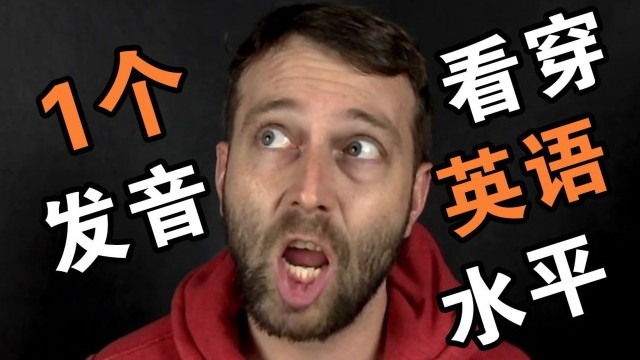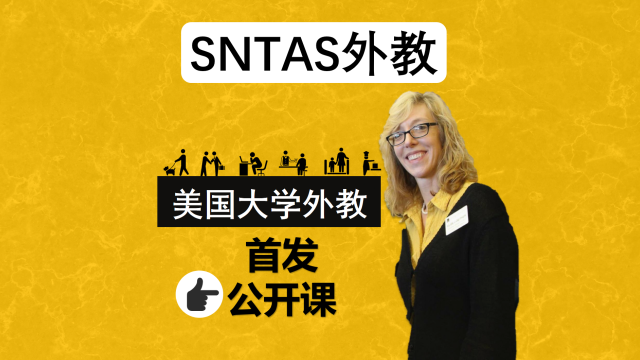大家一起学发音:[l]该怎么发
作者:沪江英语
2013-12-19 11:25
Video Text:
The [l] sound. To make this sound, we use the very tip of the tongue, and we press that to the roof of the mouth. This is different from the nn, N sound in which we use the forward part of the top of the tongue to touch the mouth. In the L, ll, we're actually using the very tip, which means the tongue has to curve up to touch. Ll, ll. Because the tongue is curving like that, that means this part of the tongue is actually touching the back part of the front teeth. But where the pressure happens is where the tip of the tongue reaches up to touch the roof of the mouth. Ll, ll, ll. The rest of the mouth stays relaxed.
发辅音[l]时,舌尖要顶在上颚。我们在发[n]音时,我们用舌的前端部分顶住上颚;但是,发[l]的时候,我们用的只是舌尖,也就是说要卷舌才能使舌尖触碰到上颚。由于舌头卷起,舌的前端部分实际上就会碰到上面一排牙齿的齿背。不过,我们只需在舌尖与上颚的接触点用力,其余部分则保持放松状态。
Sample words:
last 最后的
parallel 平行的
limber 灵活的
Sample sentence:
Last fall, we flew to California. 去年秋天,我们坐飞机去了加州。











